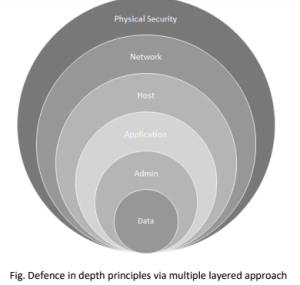Spectrum
Updated interference modeling puts 72 million more people in uninterrupted service areas, the agency said.


WASHINGTON, June 12, 2024 – The Federal Communications Commission announced on Wednesday changes to its spectrum sharing system that could provide more than 70 million Americans with access to new wireless Internet access services.
The Citizens Broadband Radio Service (CBRS) uses a tiered license system, with government users, priority license holders, and general access users sharing 150 megahertz of spectrum. Each tier gets preference over the one below it, meaning a general access user cannot, for example, interfere with a government system.
Government incumbents are largely Navy radar systems, with commercial users providing fixed wireless broadband and other services.
The system marks areas along the coast and near some military facilities as “dynamic protection areas.” In those areas, which can extend hundreds of miles, both priority license and general access users get kicked off when incumbent military systems come online. That can make the services they provide less reliable.
Wednesday’s announcement allows systems that control access to CBRS spectrum to change how they model interference, and as a result will shrink the size of most dynamic protection areas. That, the agency said, will allow uninterrupted wireless broadband access to about 72 million more Americans, bringing the total population in unencumbered coverage areas to 240 million.
“This is creative spectrum policy at work, and I want to thank our colleagues at the Department of the Navy and NTIA for their continuing partnership and ingenuity,” FCC Chairwoman Jessica Rosenworcel said in a statement.
Indeed, the National Telecommunications and Information Administration, the agency tasked with managing federal spectrum use, sent a letter to the FCC on Tuesday endorsing the changes.
NCTA, the trade group representing cable companies, supported the move. Some of its members use CBRS spectrum to provide wireless broadband.
“The U.S. was at the forefront of global innovation when it created the three-tier dynamic spectrum sharing regime for CBRS, which unleashed 150 megahertz of commercial mid-band spectrum without the need for federal incumbents to relocate. The enhancements announced today will build on this success,” the group said in a statement. “We will continue to work closely with NTIA, the FCC and other stakeholders as the use cases for CBRS continue to grow, and the band sees more participation and innovative use cases.”
The new propagation modeling won’t take effect immediately though. At the request of the NTIA, spectrum access system managers will have to submit to the FCC tests showing they can implement the changes.
“[The agency] will review these submissions in close collaboration with the NTIA and DoD.” the FCC said in a public notice. “SAS administrators will be permitted to apply the revised parameters only after final approval” from the commission’s technical experts.
The Biden administration has signaled an intent to promote spectrum sharing as airwaves become more congested. Its spectrum strategy released last year taps the NTIA to set up a national testbed for the technology and to research federal bands for potential sharing with the wireless industry.
A bill backed by the DOD and Commerce Department, mainly intended to restore the FCC’s ability to auction off exclusive licenses for spectrum bands, would tap some of the proceeds to fund that research. It’s slated to be marked up by the Senate Commerce Committee on June 18.
Larger mobile carriers, which mostly use exclusive licenses to provide service, have made it clear they would prefer more of an effort on restoring a pipeline of those licenses than on implementing sharing systems.


